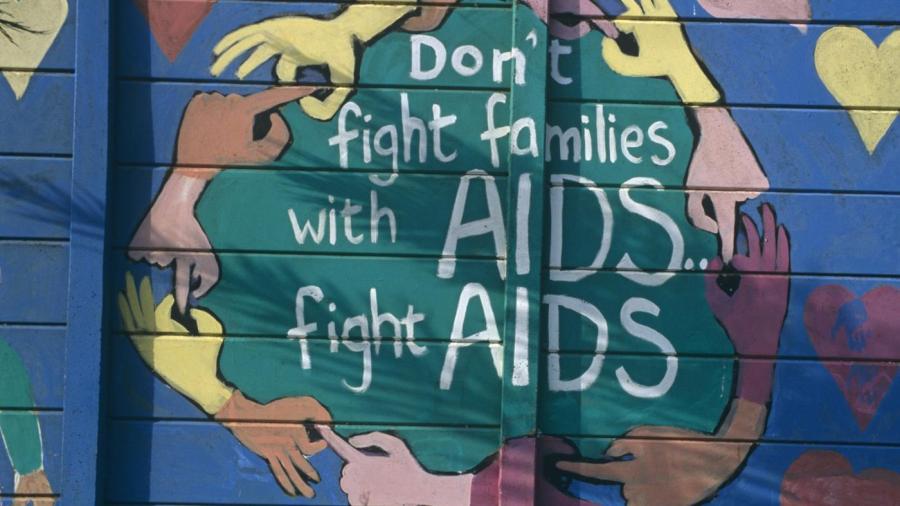When Does HIV Turn Into Full-Blown AIDS?

Without medication, HIV turns into full-blown AIDS approximately 10 years after initial infection with the HIV virus. According to AIDS.gov, those who take medication to help their body fight the HIV virus may not progress past the clinical latency stage of infection for several decades. During this period, the HIV virus produces no symptoms, but the virus continues to reproduce at very low levels, destroying the body’s immune system.
AIDS.gov details the three distinct stages of HIV infection: acute infection, clinical latency and AIDS. Undergoing medical treatments and following a healthy lifestyle are the two most effective ways to prevent the HIV virus from advancing to AIDS. The National Institute of Allergy and Infectious Diseases explains that medication works by reducing the amount of the virus present in the body. Medications also work to preserve T-cells in the blood and keep the immune system operating properly. The Mayo Clinic cautions that patients need to take special care when attempting to treat the HIV virus in conjunction with other medical issues. As the antiviral drugs many patients take do not interact well with other medications, it is often challenging to find the right mix of medications for HIV-positive individuals.





